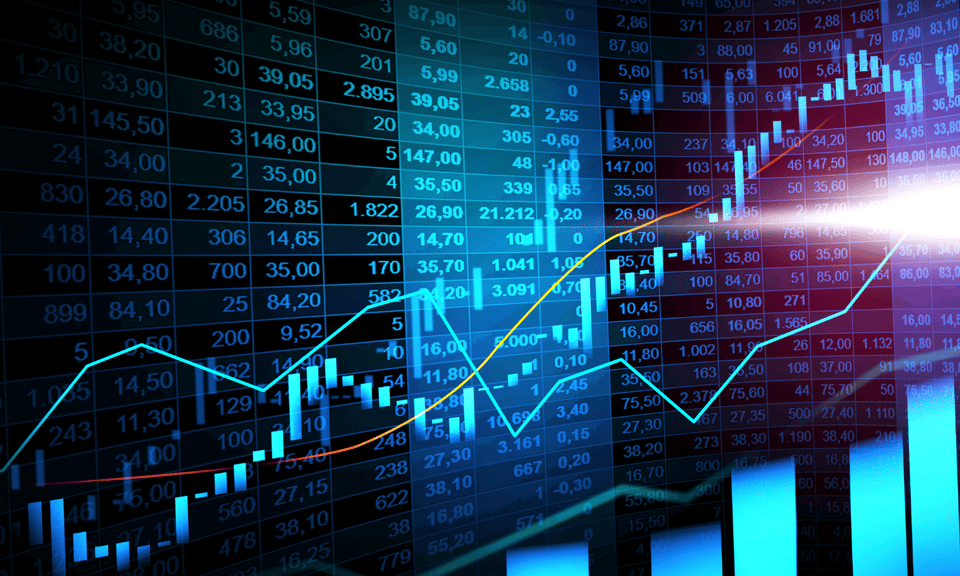Panic!
Simply mentioning the word strikes fear into the hearts of most conventional buy-and-hold investors. But, for active futures traders, panic equals opportunity. And, for astute traders, panic is profitability.
So what is a market panic? In general terms, a panic is defined as “a sudden overwhelming fear, with or without cause, that produces hysterical or irrational behavior.” During a market panic, many traders and investors are the ones behaving hysterically or irrationally. Textbook market panics occurred in 1929, 1987, 2008, and spring of 2020. All were shocking crashes, featuring periods of intense rebound.
When it comes to trading fundamentals, panic is both risk and reward. Let’s take a look at how technical analysis can be an invaluable part of your approach to seemingly chaotic markets.
When All Else Fails … Use Technical Analysis
The onslaught of the novel coronavirus (COVID-19) pandemic of 2020 brought unprecedented uncertainty around the globe. Beginning in late February and throughout March, a full-blown panic swept the world’s leading currency, commodity, and equities markets. Asset values fluctuated wildly as capital market participants of all sizes attempted to “price-in” the virus’s potential impact. At the end of the day, traditional trading fundamentals meant little; all that mattered was the intense buying and selling.
Enter technical analysis. Technical analysis is the study of price action―past and present―to determine the future path of price itself. Accordingly, technical devices such as support and resistance levels, chart patterns, or momentum oscillators are employed to identify a trend or its pending reversal.
Although these tools may seem abstract, they are concrete. No matter how crazy the news cycle or volatility gets, market technicals are a reflection of price action―nothing else.
During the initial stages of 2020’s COVID-19 contagion, panic trading became an everyday event. March 2020 brought multiple triggerings of the 7 percent S&P 500 “circuit breaker,” making it the first since the global financial crisis of 2008.
Subsequently, many traders were left in limbo. Trading fundamentals was certainly out, yet there was profit potential in the robust volatility. For those with a healthy risk appetite, technical indicators became the go-to reference for navigating the financial storm.
From energies to metals to stocks, futures traders around the world lined up to get in on the action of late winter and spring of 2020. Of course, one ultimate question was on everyone’s mind: How can I enter and exit the markets safely? Savvy futures traders answered this question with countless strategies. Two of the most common are listed below:
- Support & resistance levels (S&Rs): Implementing S&Rs into a trading strategy is one way to place topsy-turvy price action into context. Theoretically, S&Rs inhibit price action, thus limiting the ability of panic-driven markets to trend directionally. Though their effectiveness is ultimately dependent upon order flow, S&Rs provide traders with market entry and exit points exclusive of fundamentals.
- Oscillators: Momentum oscillators indicate when a pricing trend is strong, exhausted, or primed for reversal. During times of extreme volatility, oscillators quantify whether a market is overbought or oversold and place evolving price action into a manageable context.
The beauty of technical analysis is that it knows no market state; volatile or quiet, technical indicators don’t lie. If a market is a buy, then it’s a buy. If the same market is a sell, then it’s a sell.
Unlike trading fundamentals, there is very little guesswork involved with technicals. Price action either dictates a trading opportunity or it doesn’t―simple as that.
When Trading Fundamentals Fails …
For hordes of active market participants, trading fundamentals is a solid way to consistently secure profitability. However, when the unexpected dominates market sentiment, technical analysis can be a viable alternative.



